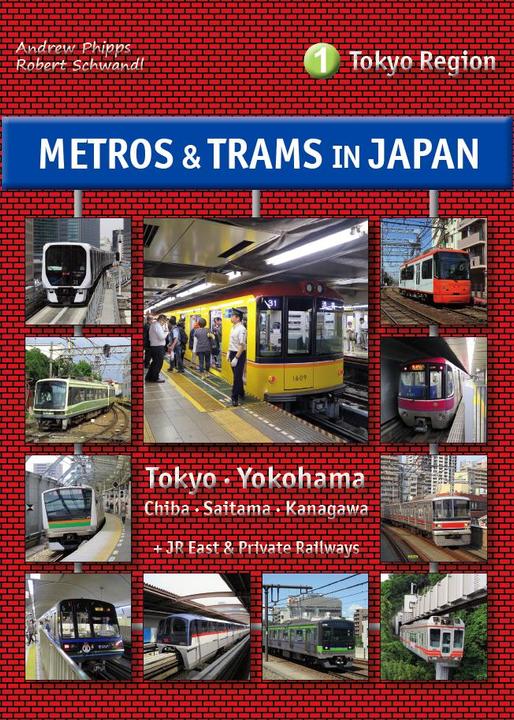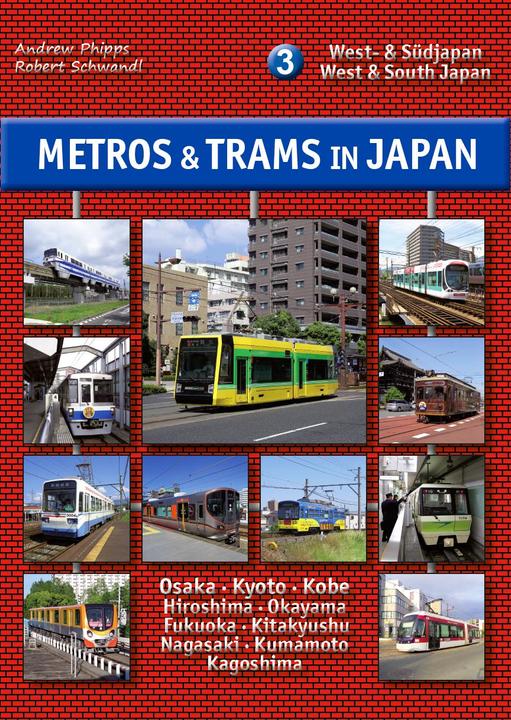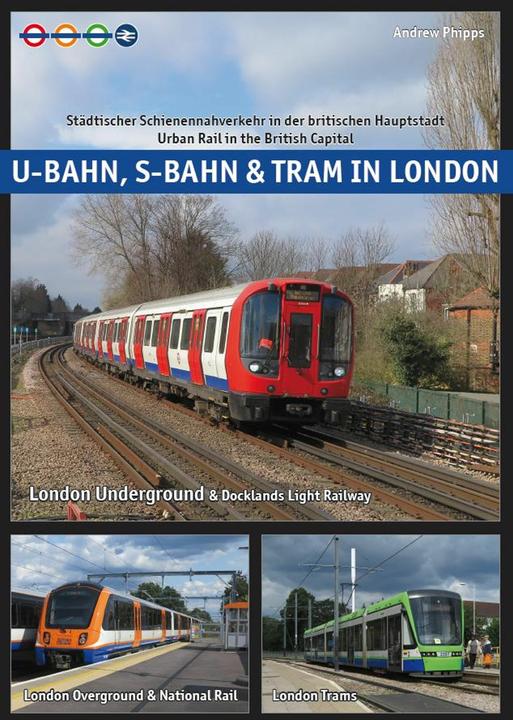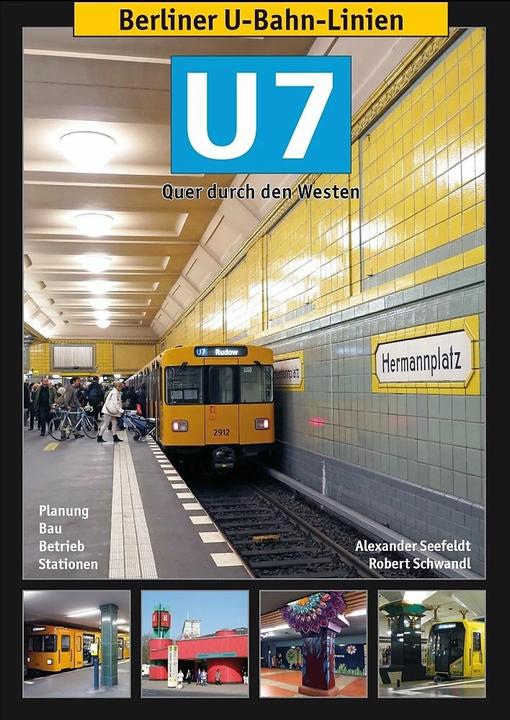
Metros & Trams in Japan 1: Tokyo Region
German, Robert Schwandl, Andrew Phipps, 2016
On this page you'll find a ranking of the best Robert Schwandl products in this category. To give you a quick overview, we've already ranked the most important information about the products for you.
Tokyo (including Tama), Chiba, Saitama, Yokohama, Kanagawa (Enoshima, Shonan).

Metros & Trams in Japan 1: Tokyo Region
German, Robert Schwandl, Andrew Phipps, 2016
The third volume of our trilogy about urban rail systems in Japan covers all the systems in West and South Japan, from the metros in Osaka, Kyoto, and Fukuoka to the different special transit systems like monorails and people movers, and to the numerous tramways, including Japan's largest network in Hiroshima. As usual, the book is illustrated with a large number of recent colour photos and detailed network maps. In the third part of our trilogy on urban rail transport in Japan, we present all operations in the west and south of the country, from the classic subways in Osaka, Kyoto, or Fukuoka to various special railways such as monorails or people movers and to the numerous tramways, including Japan's largest network in Hiroshima. As always, the book is illustrated with numerous colour photos and detailed network maps.

Metros & Trams in Japan 3: West- & Südjapan
English, German, Robert Schwandl, Andrew Phipps, 2018
Underground, overground & tram in London: Urban rail transport in the British capital - Urban Rail in the British Capital.

Urban Rail in Canada: underground, light rail, tram, commuter rail.

Across the West
Summary:
The oldest section of today's U7 line dates back to as early as 1924, when a branch of the former Line C (now U6) toward Neukölln was put into service. This branch was extended to Britz-Süd subway station until 1963, before it finally became the independent Line 7 in 1966. Today, the U7 is the longest of all Berlin subway lines at 32 km. It runs entirely underground and only through districts of the former West Berlin. This book tells all the details about the planning, construction and operation of the U7 with detailed descriptions of all 40 subway stations, illustrated with numerous historical and current photos. The volume on the U7 is the fourth in our series; volumes on the U5, U6 and U9 have already been published.
